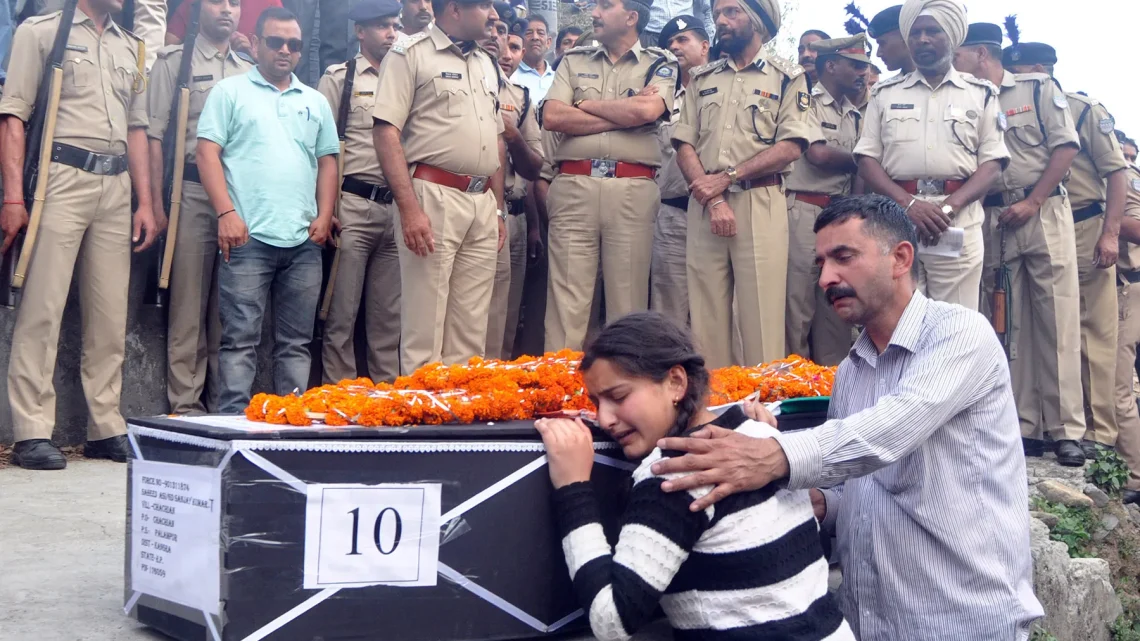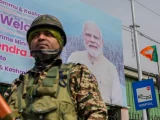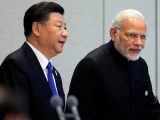
Naxalite Insurgency: The Growing Rebellion Against India’s Military Repression
November 3, 2024For decades, India’s Naxalite insurgency has exposed a deep-rooted governance crisis, as repeated efforts to subdue the movement with force have overshadowed any serious attempts at reconciliation or addressing socio-economic grievances. Originating from the marginalized tribal and rural populations, the Naxalite movement is largely a response to longstanding neglect, poverty, and violations of basic rights. The Modi government’s approach, heavily influenced by the Hindutva ideology, shows limited interest in political solutions, despite mounting international calls for reform. Many human rights organizations and INGOs have urged India to adopt policies focused on social justice and economic development rather than excessive force, yet the government has prioritized military intervention over addressing the needs of communities in affected areas.
The Naxalite strongholds in India’s central and northeastern regions are home to some of the country’s most impoverished populations, with over 60-70% living below the poverty line. Successive governments have struggled to bring stability or development to these regions, instead using military measures to curb dissent. This has culminated in severe human rights abuse, forced evictions, and the suppression of political expression. With land and resources under military control and key territories dominated by armed forces rather than civil administration, the central government has alienated vast swathes of its population. These policies have deepened discontent among the tribal communities, whose grievances remain unaddressed and continue to fuel the Naxalite insurgency.
International rights watchdogs, such as Human Rights Watch and the UN, have voiced strong concern over India’s tactics. A March 2024 statement from UN experts called on India to cease attacks on minorities and marginalized groups, highlighting the “continuing reports of attacks on religious, racial, and ethnic minorities,” as well as violations against civil society and human rights defenders. These concerns resonate across a spectrum of groups within India that feel increasingly alienated by the government’s prioritization of nationalist agendas over socio-economic justice. In particular, the recent rise in anti-minority sentiment, coupled with rising communal tensions, has compounded the socio-political unrest within the country.
The Modi government’s tough stance on Naxalites has drawn comparisons to its treatment of other separatist and minority issues within India, including its high-handed approach in Indian-administered Kashmir. Many argue that the state’s repression of the Naxalite insurgency mirrors a broader policy of suppressing dissent and opposition, which some say is undermining the country’s democratic principles. The refusal of several states, including Madhya Pradesh, Chhattisgarh, and Orissa, to implement the National Register of Citizens (NRC) also reflects a growing resistance to policies seen as centralizing and polarizing, which critics argue threaten to destabilize the idea of a unified Indian state.
The Naxalite insurgency highlights how India’s heavy reliance on militarization without adequate socio-economic reform has not only failed to resolve the issue but risks backfiring on the state itself. The insurgency, which has claimed between 12,877 and 15,269 lives from 1996 to 2024, demonstrates the urgent need for a shift in government policy from force to social inclusion. The demands of Naxal-affected communities, ranging from land rights to healthcare and economic opportunities, remain unmet despite repeated promises.
Given the long-standing grievances of the Naxalite regions, many experts and activists argue that India’s approach to the movement should not be solely a security issue but a humanitarian one. Effective solutions would focus on land reforms, access to healthcare, and sustainable economic opportunities that would improve living conditions and gradually integrate these communities into the larger Indian socio-economic fabric.
To this end, India faces increasing international pressure to adopt a more balanced approach, combining development with rapprochement. INGOs, human rights organizations, and civil society groups continue to push for accountability, emphasizing that addressing the root causes of the insurgency could lead to peace and stability in the region and beyond. The question remains whether India will re-evaluate its policies in favor of fostering social justice for its most vulnerable citizens.

